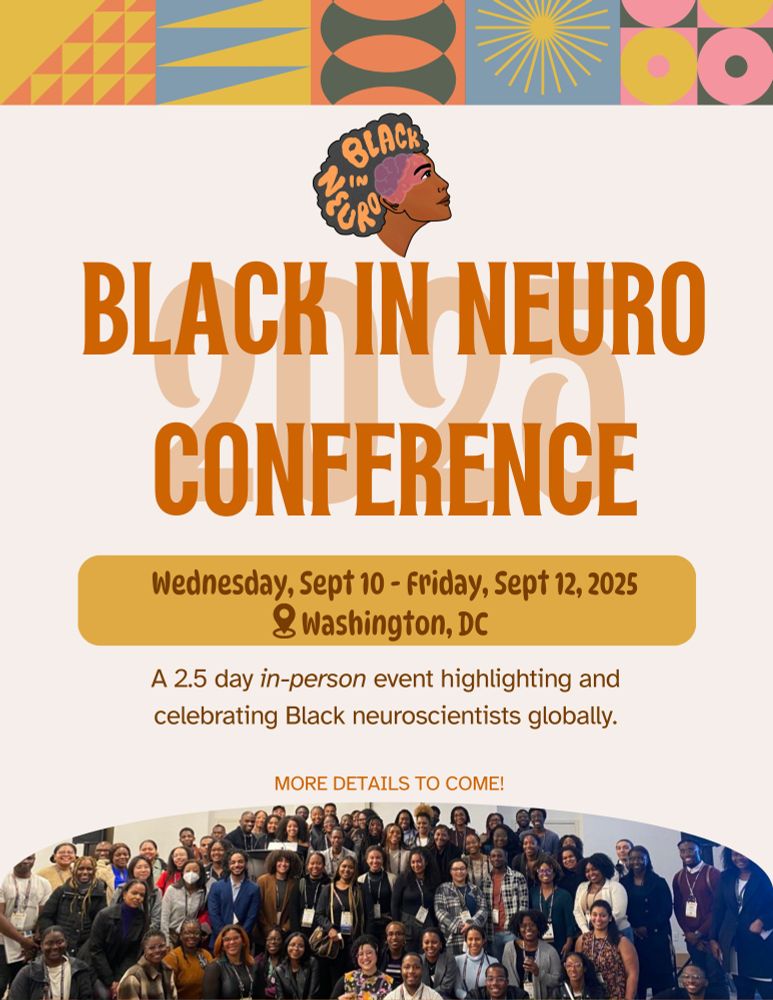

go.nature.com/49jaBQS

go.nature.com/49jaBQS
We show that small molecules binding at the GPCR-transducer interface can predictably switch G protein selectivity - paving the way for structure-guided, pathway-selective drug design.
www.nature.com/articles/s41...

We show that small molecules binding at the GPCR-transducer interface can predictably switch G protein selectivity - paving the way for structure-guided, pathway-selective drug design.
www.nature.com/articles/s41...
🗓️ It's time to save the date: September 10-12, 2025
Let’s celebrate 5 years of community, connection, and Black excellence in neuroscience!
More details to come soon!! 🤗

🗓️ It's time to save the date: September 10-12, 2025
Let’s celebrate 5 years of community, connection, and Black excellence in neuroscience!
More details to come soon!! 🤗
BAMs at the GPCR-transducer interface change G protein subtype selectivity in predictable ways, enabling rational drug design.
The lab's 1st preprint! Check it out! 🧪💊🧠🟦https://doi.org/10.1101/2024.11.20.624209
🧵👇

go.bsky.app/F8PpdPe
go.bsky.app/F8PpdPe

